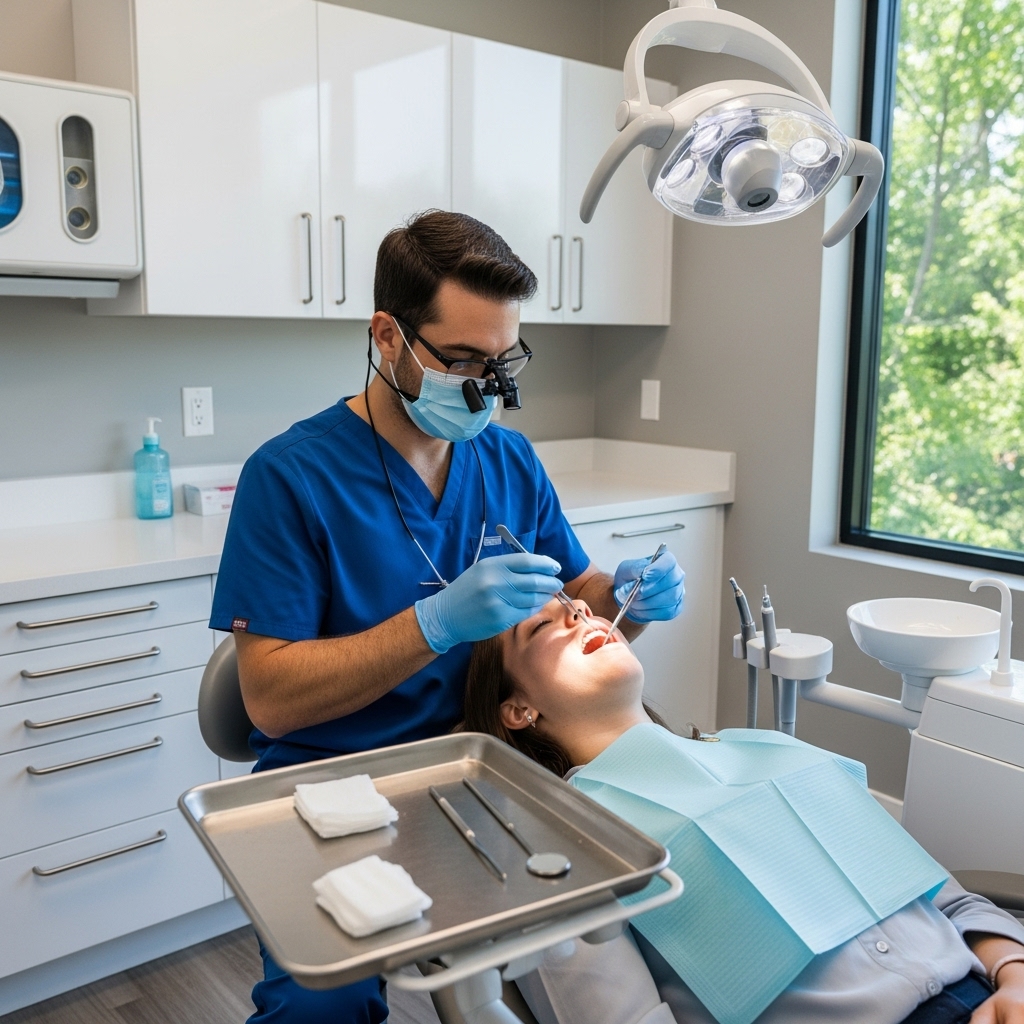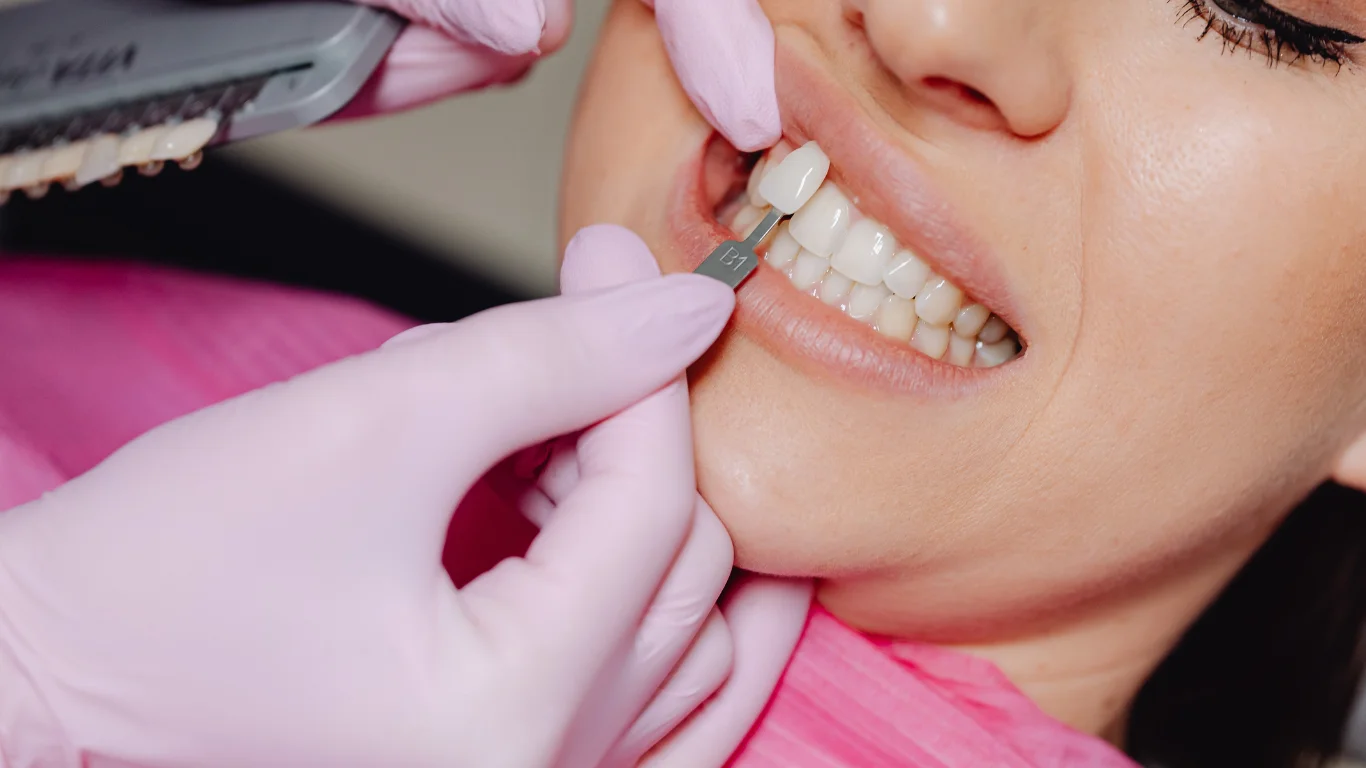There are dental emergencies that can be soothed with a quick repair and a gentle touch, and then there are moments when the most reliable path to relief is removing a severely damaged or infected tooth. In Woodland Hills, where busy schedules and active lives are the norm, deciding on an emergency extraction can feel daunting. Yet when performed thoughtfully and at the right time, extraction is not a failure—it is a step toward healing, comfort, and a healthier long-term plan. The key is having a calm, skilled emergency dentist who understands when to save a tooth and when to let it go, and who guides you through each stage with clarity and care.
Emergency extractions are never one-size-fits-all. They can arise from deep fractures that split a tooth below the gumline, advanced decay that leaves too little structure to repair, aggressive gum infections that compromise stability, or painful abscesses that do not respond well to conservative measures. Trauma—from sports, accidents, or biting into something unexpectedly hard—can also push a tooth beyond the point of recovery. When the balance tips toward extraction, the goal becomes twofold: end your pain today and set the stage for a strong, functional, and attractive replacement plan tomorrow.
Is Extraction Really Necessary?
Before recommending removal, a conscientious dentist evaluates every viable option for saving the tooth. That includes reviewing symptoms, examining the tooth visually and radiographically, and assessing how much healthy structure remains. Root canal therapy, internal repairs, and strategic restorations can salvage many teeth that look doubtful at first glance. But when the foundation is too compromised—when cracks extend deep, when decay has hollowed the tooth, or when infection has undermined bone support—extraction protects you from ongoing pain and recurrent infection, and it opens the door to reliable, predictable solutions.
It is natural to feel hesitant about losing a tooth. Teeth are part of how we speak, how we enjoy meals, and how we smile. A supportive emergency care team acknowledges the emotions involved and emphasizes that extraction is not the end of the story. It is the beginning of a process that restores comfort quickly and health thoughtfully.
What to Expect During an Emergency Extraction Visit
The moment you arrive, the focus is on controlling pain and anxiety. A careful, efficient exam confirms the diagnosis and the necessity of extraction. Local anesthesia ensures that the area is numb, and your comfort is checked frequently. If the case is complex—such as a multi-rooted tooth with unusual anatomy—your dentist will explain the steps clearly so you know what to expect. The procedure itself involves gently separating the supporting tissues and easing the tooth from its socket. In some cases, the tooth is sectioned into parts to allow a controlled, minimally traumatic removal. Throughout, the priority is to protect surrounding bone and soft tissue to support faster, smoother healing.
Once the tooth is out, the site is cleaned and carefully inspected. If infection was present, this is addressed directly. The area may be gently compressed to control bleeding, and you will bite on soft gauze for a short period afterward. You will receive clear, written aftercare instructions before you leave, including what to expect over the next day or two and how to manage any discomfort.
How Pain Is Managed
Patients are often surprised by how manageable an extraction can be with modern techniques. Effective local anesthesia takes the sting out of the process, and your dentist’s calm, steady communication helps keep anxiety in check. After the appointment, over-the-counter options approved by your physician are usually sufficient for most people. Cold compresses can help minimize swelling for the first 24 hours, and rest gives your body the bandwidth it needs to heal. If your case involves special considerations, your dentist will tailor your plan accordingly.
Equally important is managing expectations. Mild oozing for the first day, some tenderness at the site, and stiffness in the jaw muscles are common and normal. You will know which symptoms warrant a call, such as persistent heavy bleeding or increasing swelling after the initial 48 hours. With clear guidance, most people find recovery straightforward and far less daunting than they imagined.
Protecting the Blood Clot: The Cornerstone of Healing
After an extraction, a protective blood clot forms in the socket. This clot is essential; it shields underlying bone and nerves and provides the scaffold for new tissue to grow. Treat it gently. For the first day, avoid vigorous rinsing or spitting, skip straws, and choose soft foods that require minimal chewing. Keep the area clean with careful brushing away from the site and a gentle rinse starting the next day as advised. These simple steps significantly reduce the chance of complications and help you feel better, faster.
Hydration, rest, and avoiding tobacco support a more comfortable recovery. While it can be tempting to “push through” and carry on as usual, giving yourself a brief window to heal pays dividends in comfort and long-term stability.
Single vs. Surgical Extractions
Not all extractions are the same. A straightforward single-rooted tooth with clear access may be removed quickly and smoothly. Teeth with multiple roots, unusual curvature, or limited access under the gumline may require a surgical approach, which involves carefully opening the gum tissue to enable a controlled removal. Both techniques aim for minimal trauma and optimal healing. Your dentist will explain which category your case falls into and why, and you will have the chance to ask questions before proceeding.
Regardless of the technique, the guiding principles remain the same: protect the surrounding tissues, maintain as much bone as possible, and move at a pace that respects both precision and your comfort.
When Infection Drives the Decision
Severe infections can create pressure, swelling, and a deep ache that radiates along the jaw. When the source is a tooth with extensive decay or a failed restoration, extraction can be the fastest path to relief and to preventing spread. During the visit, the infected area is addressed thoroughly, and drainage may be established if necessary. You will receive clear instructions on how to support healing at home and what signs should prompt a follow-up call. The aim is to transform an escalating problem into a calm, contained, and predictable recovery.
In situations where infection has advanced, your dentist will also discuss how timing affects replacement options and how to protect adjacent teeth and gums. A proactive plan ensures that today’s emergency does not lead to tomorrow’s instability.
Planning for Replacement from Day One
Thinking about what comes next is not a luxury—it is part of excellent emergency care. Removing a tooth changes the way forces distribute when you chew and can affect how neighboring teeth shift over time. Planning for replacement from the start keeps your bite stable and your smile balanced. Depending on your unique situation, options may include high-strength restorations that look and feel natural and restore your ability to chew comfortably.
Timing matters. Sometimes it is best to let the area heal before placing a definitive restoration. In other cases, steps can be taken sooner to preserve bone and gum contours. Your dentist will explain the rationale for each option so you can make an informed decision that fits your life in Woodland Hills.
Support for Every Age and Stage
Emergency extractions can be appropriate for teens, adults, and seniors. In younger patients, trauma is a common driver. In adults, cracks from clenching and grinding or aging restorations are frequent culprits. For seniors, changes in gum support or long-standing dental work may play a role. A skilled clinician tailors both the procedure and the aftercare to your stage of life, factoring in medications, medical history, and lifestyle to ensure a smooth recovery.
Compassionate care is the constant. From the language used to the pace of the appointment, the process should feel respectful and centered on you. Even during urgent situations, there is time for explanation and for your questions.
From Emergency to Prevention
Once you are comfortable and healing, the conversation shifts to prevention. Why did this tooth fail now? Are there other areas that deserve attention before they become urgent? Bite analysis may reveal forces that put certain teeth at risk. Nightguards can protect against clenching and grinding. Small cracks or aging fillings can be strengthened proactively, and gum health can be bolstered with personalized hygiene strategies. The goal is to turn a tough day into a turning point for your long-term oral health.
Woodland Hills life rewards preparation. Just as we plan around peak traffic or summer heat, we can plan for oral health. Regular checkups catch brewing problems early; protective gear prevents injuries; and thoughtful maintenance reduces the need for urgent procedures in the future.
Real Stories of Calm in the Midst of Urgency
Consider the parent who cracked a molar during a weekend barbecue. The pain grew quickly, and by evening they could barely chew. Evaluation revealed a deep split that made repair risky. Choosing extraction ended the pain and led to a straightforward recovery. Or the college student who had delayed care for a decayed tooth until swelling set in; an emergency extraction halted the infection and prevented a more serious escalation. In each case, the right decision at the right moment delivered relief and a path forward.
These moments teach a clear lesson: in emergencies, decisive, well-explained care restores control. When you understand why a tooth cannot be saved and how removal sets you up for success, you can move through the experience with confidence rather than fear.
Frequently Asked Questions About Emergency Extractions
Below are answers to common questions from Woodland Hills residents considering or recovering from an emergency extraction. Keep them handy as you navigate your next steps.
Will the extraction be painful?
With effective local anesthesia and gentle technique, you should feel pressure but not sharp pain. Afterward, most people manage comfortably with recommended at-home measures and careful rest.
How long does it take to heal?
Initial healing progresses significantly in the first week, with continued maturation over the next few weeks. Your specific timeline depends on the tooth removed and your individual health, but most people return to normal routines quickly with the right guidance.
What can I eat after an extraction?
Choose soft, cool to lukewarm foods at first, and avoid chewing on the extraction side. As tenderness subsides, you can gradually reintroduce a broader range of foods, prioritizing comfort and caution.
What if the bleeding doesn’t stop?
Some oozing is normal on day one. Bite gently on fresh gauze for the recommended intervals, and avoid activities that disturb the clot. If heavier bleeding persists, follow the instructions provided and call for guidance.
Can I replace the tooth right away?
Sometimes initial steps can be taken promptly; in other cases, it is better to allow healing before placing a definitive restoration. Your dentist will explain the timing that best supports long-term success.
How do I prevent needing another extraction?
Regular checkups, addressing small issues early, protecting against clenching and grinding, and maintaining gum health all reduce risk. A personalized prevention plan is part of your follow-up care.
If you are in significant pain, facing swelling, or dealing with a tooth that cannot be saved, take heart: relief is within reach. Contact a Woodland Hills emergency dentist who can assess your situation promptly, perform a comfortable extraction when appropriate, and guide you toward a strong, healthy smile with a thoughtful plan for what comes next.




